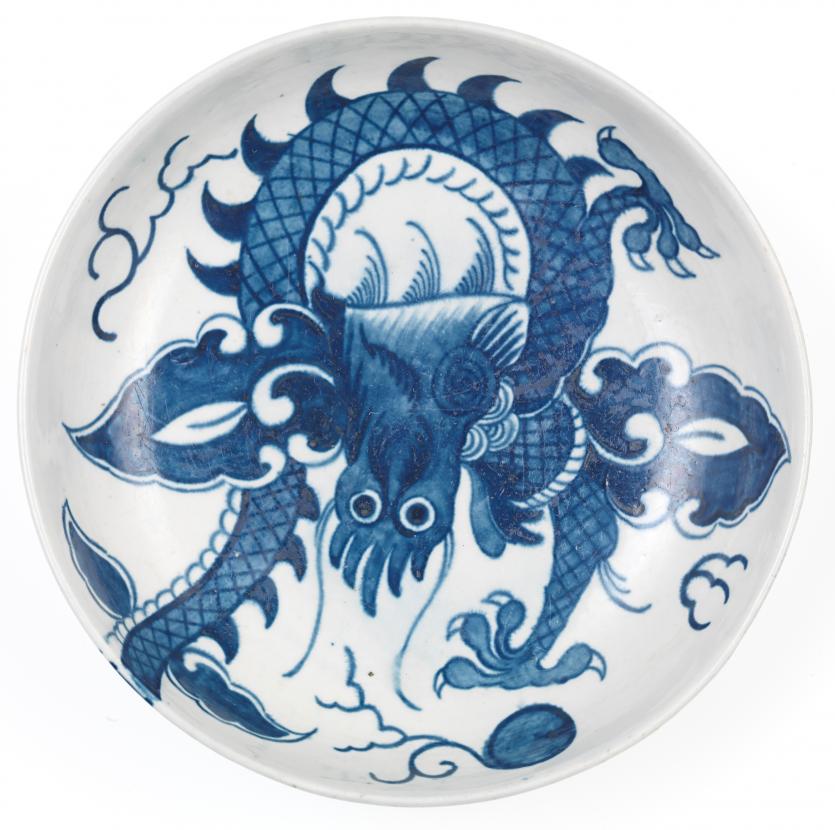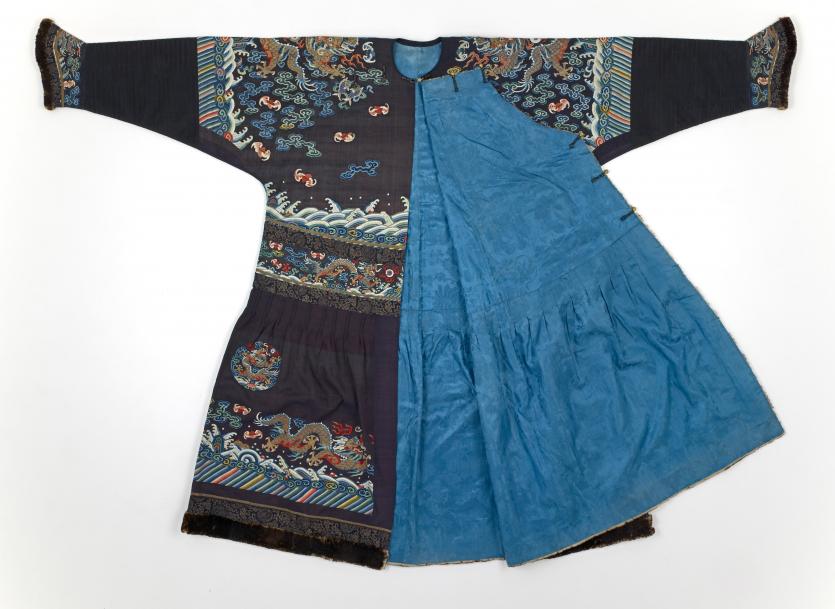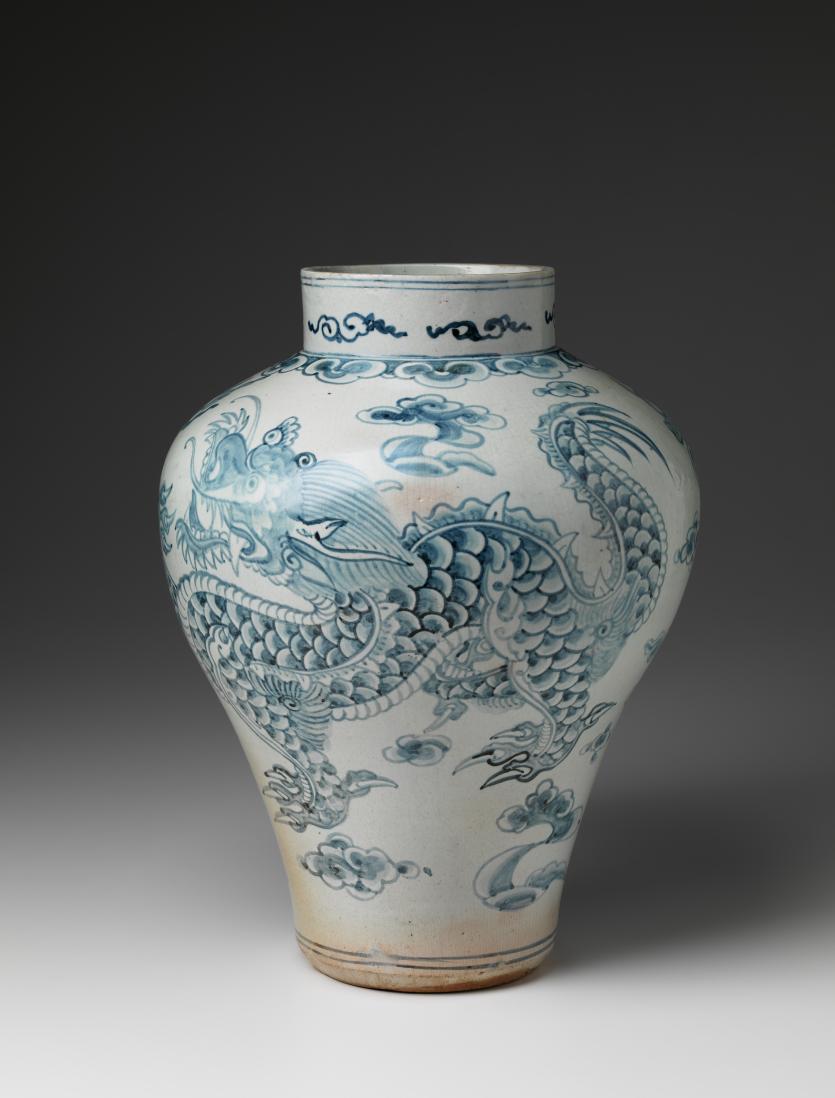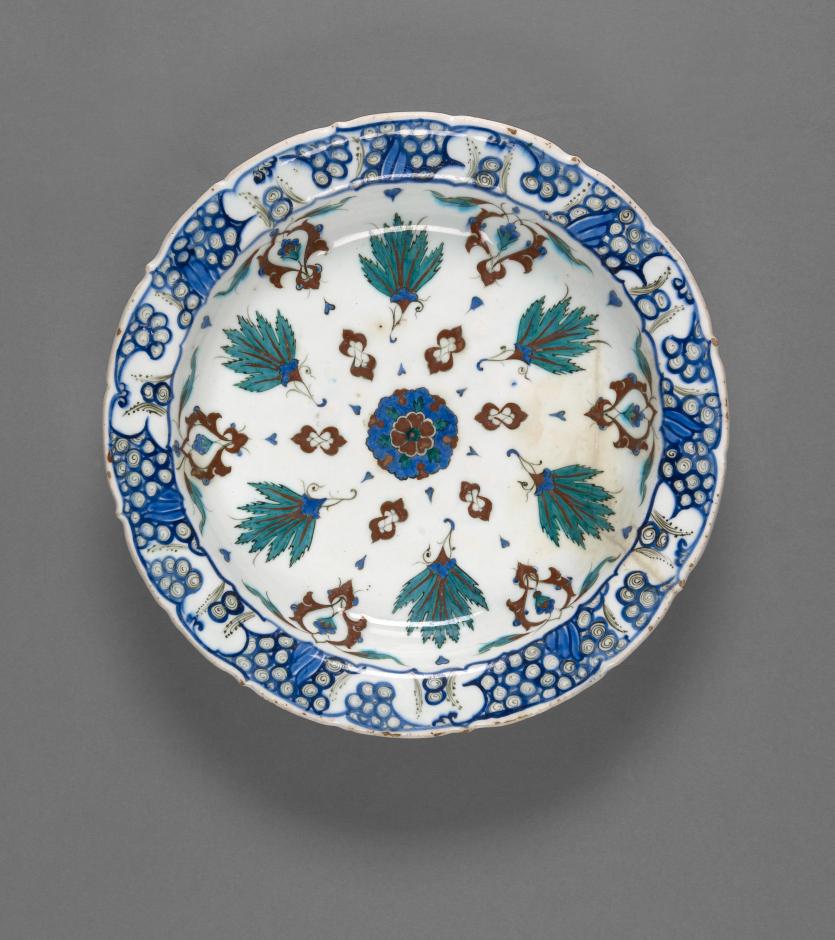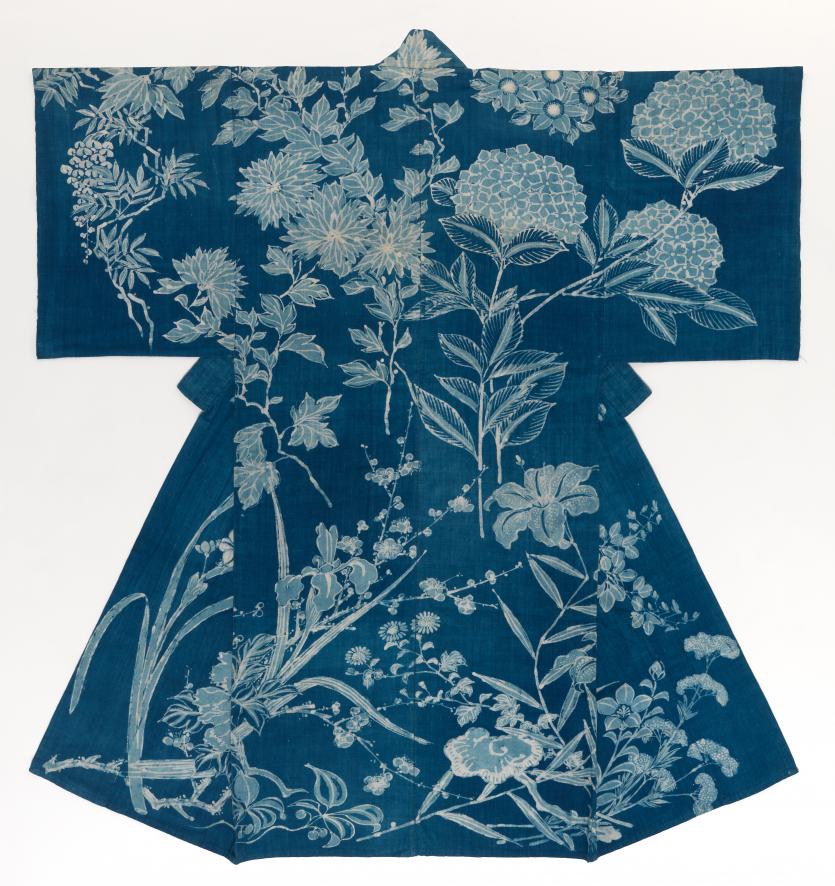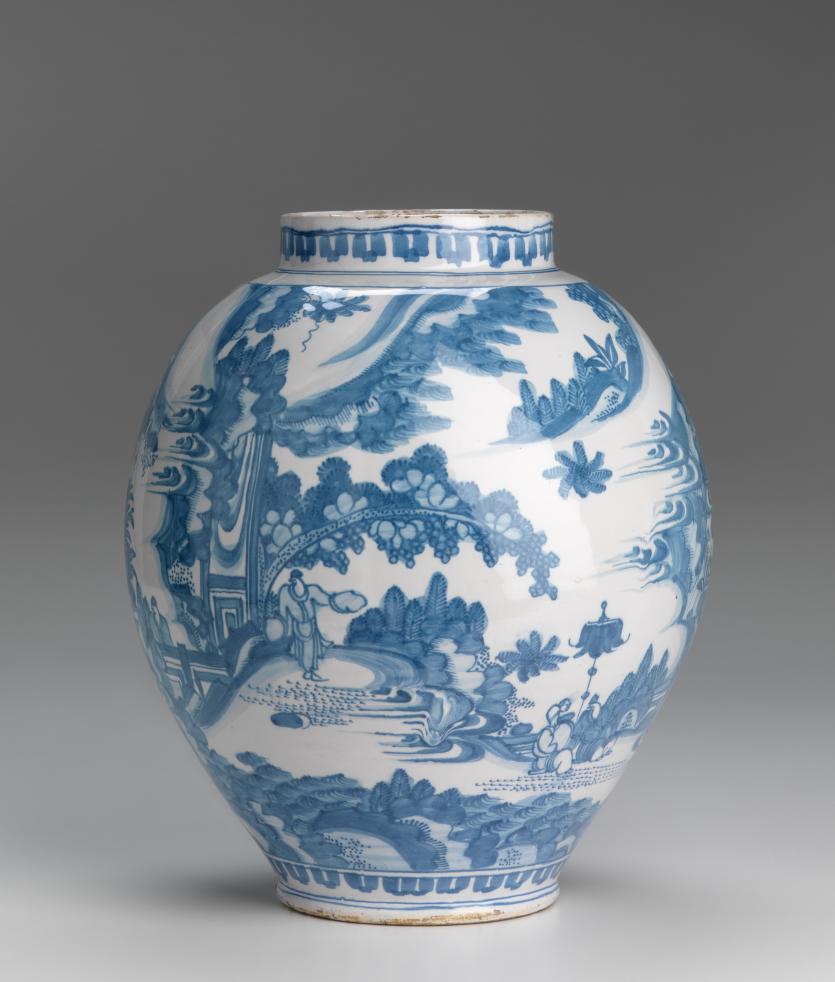ART-PRESENTATION: Blue-Alchemy of a Colour
 One of the most highly prized and sought-after of the colour spectrum is blue, its rarity and the laborious process often used to extract and create the colour, secured its place in some of the finest works of art. The exhibition “Blue: Alchemy of a Colour” showcases the richness of the NGV collection through one of the world’s most intriguing colours.
One of the most highly prized and sought-after of the colour spectrum is blue, its rarity and the laborious process often used to extract and create the colour, secured its place in some of the finest works of art. The exhibition “Blue: Alchemy of a Colour” showcases the richness of the NGV collection through one of the world’s most intriguing colours.
By Dimitris Lempesis
Photo: NGV International Archive
From ultramarine, one of the most expensive Blue pigments, derived from a semi-precious stone, to Prussian Blue, which was an accidental discovery, Blue showcases the history and formation of the colour through 13 Centuries of artwork, textiles and decorative arts. For the exhibition the walls, ceiling and floors of the Rio Tinto Gallery of Asian Art are painted in three shades of blue and display 70 works highlighting the beauty of the colour including Japanese indigo dyed garments, a lustrous indigo Burmese jacket, an 18th Century English cotton bodice, detailed Japanese woodblock prints and exquisite examples of Cobalt Blue and white Chinese and European ceramics. Both globally and historically, the most important blue pigments and their origins are investigated in the exhibition. Indigo blue, sourced from plant species found across the world, is used as a textile dye and paint pigment. Intricately patterned and expertly crafted indigo textiles from Egypt, Japan, China, Central Asia, India, Indonesia and Italy are on display. Cobalt Blue: The mineral cobalt, which has historically significant sources in Persia, Saxony and China, is crushed into a blue pigment used in ceramic decoration. Cobalt has been influenced by various cultural exchanges, which have resulted in blue and white wares coveted across the globe. Prussian Blue, synthesised in 1724, was one of the first artificially made blue pigments. The dark blue was widely used in Japanese woodblock prints from the 1820s, to replace the paler hues of dayflower blue. A woodblock print by Utagawa Hiroshige, one of the first Japanese artists to use Prussian Blue in a landscape series, will be displayed in the exhibition. Ultramarine Blue is derived from lapis lazuli, a semi-precious stone, and is consequently very expensive, but prized for its vivid colour and general stability. Several paintings in the exhibition depict the Hindu god Vishnu, the god of preservation, and his avatars Krishna and Rama as sky blue figures in this blue. Like the sky or the sea, Vishnu is believed to be infinite. One notable piece in the exhibition is a blue and white Delft jar from the Netherlands, which not only exemplifies the exchange of ideas through trade, but also the interchange of cultural and artistic practices across continents in the 17th Century. The large jar is European in design but incorporates a decorative blue and white Chinese motif and landscape scene. Inspired by a Japanese copy of a Chinese vase the earthenware vase was glazed in white to evoke the look of porcelain, then decorated in the highly coveted cobalt blue. Intriguingly, the now famous blue and white Chinese porcelain was first popular in Persia in the 12th Century, and Persia’s Cobalt Blue pigment was used by Chinese potters making the wares for export. The blue and white palette became popular in China by the 14th Century and an early example of blue and white Chinese imperial porcelain is included in the exhibition. Indigo dye is used across Asia where it is commonly grown and many examples are displayed in the exhibition. The Dong people of Burma beat indigo dyed cotton to impart a lustrous finish which signifies wealth and in Central Asia, the age and marital status of Turkmen women indicated the colour of their embroidered mantles, with indigo blue the appropriate colour for young, married women.
Info: National Gallery of Victoria International, 180 St Kilda Road, Melbourne, Duration: 6/11/15-20/3/16, Days & Hours: Daily 10:00-17:00, www.ngv.vic.gov.au



